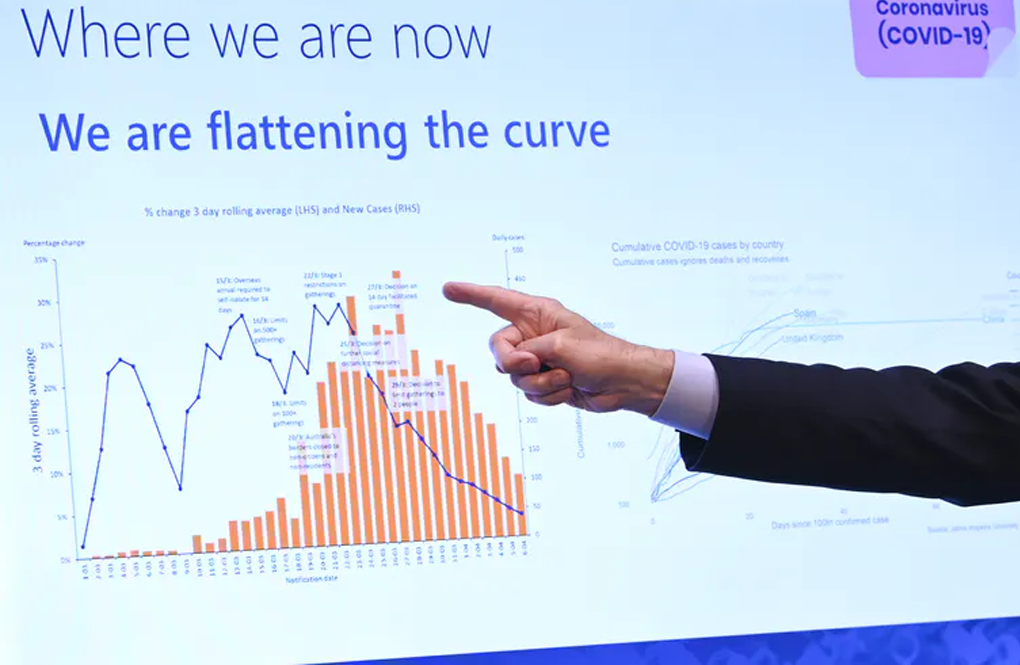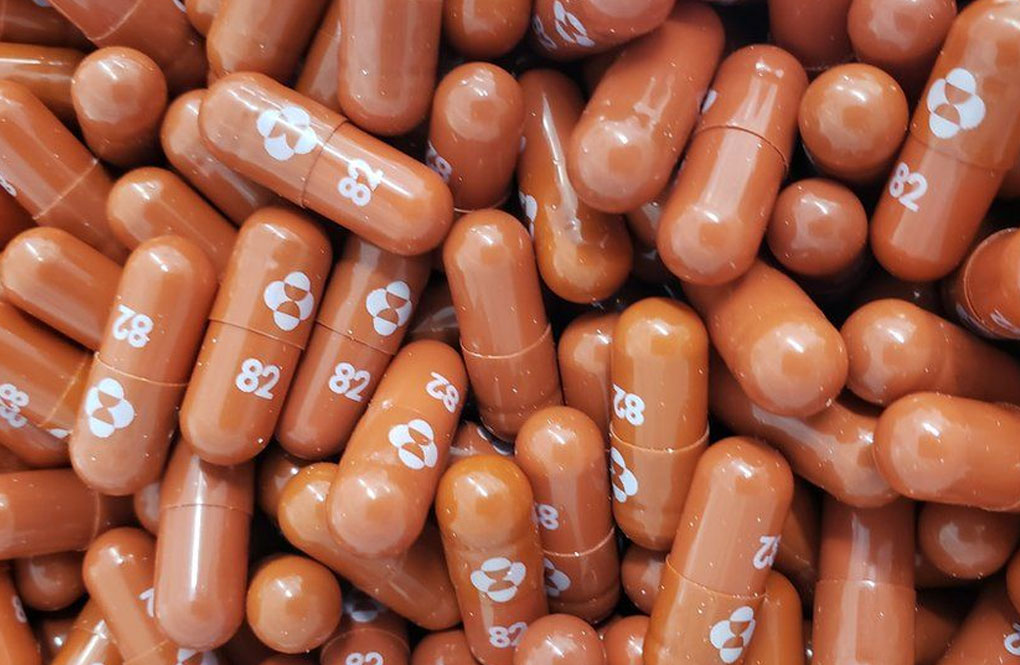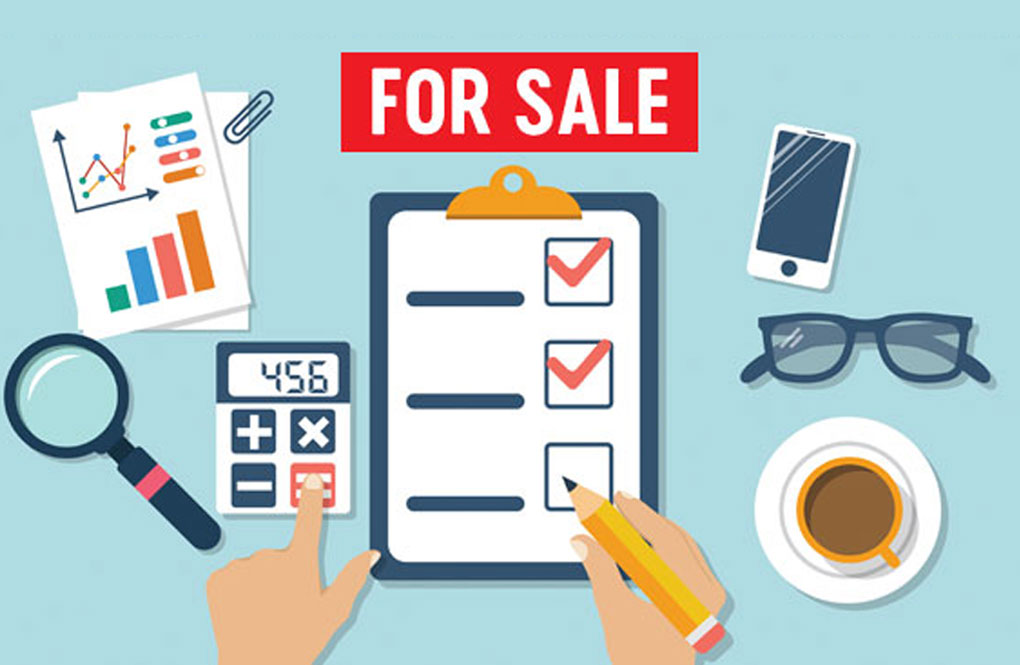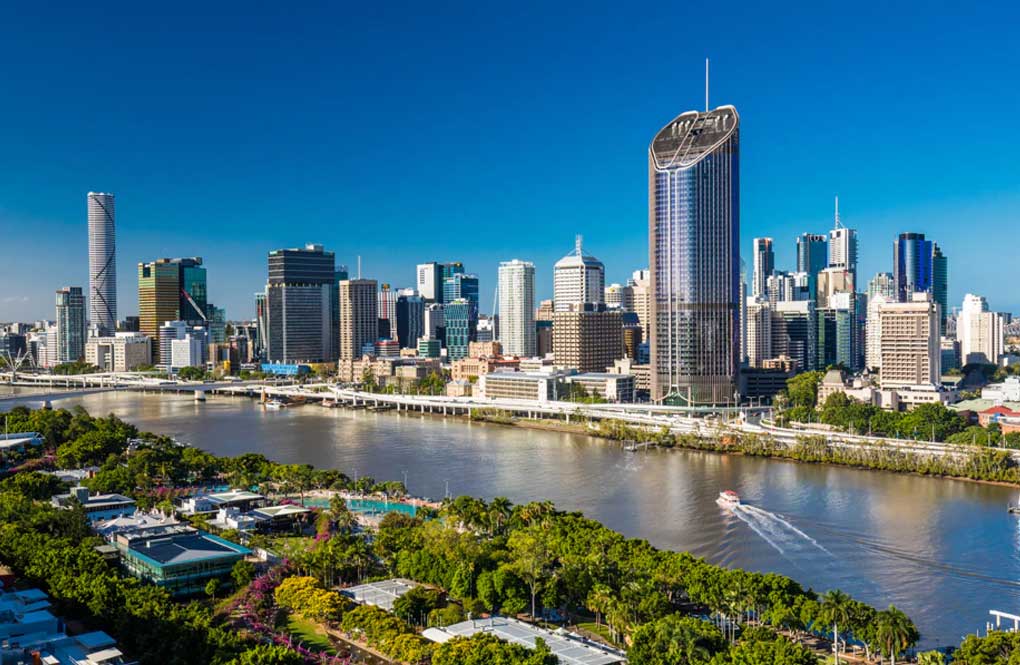If COVID-19 has provided one thing during in isolation it is a refresher of 1st-year Epidemiology and Biostatistics.
As the World continues to struggle with the ongoing challenges of COVID-19, there has been a consistent message around the globe to ‘flatten the curve’.
Flatten the ‘COVID–19’ Curve – Explained
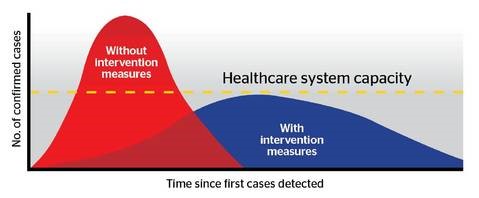
This particular curve of concern is the number of new COVID-19 cases per day across the country. Flattening this achieved by lowering the number of new cases each day, thus reducing demand on the health care system.
However, this week in Australia we have had new messaging around “flattening the curve”.
Flatten the ‘Unemployment’ Curve – Explained
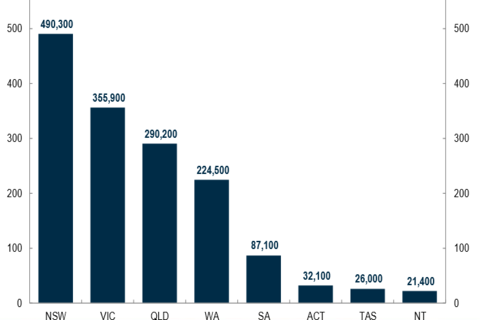
Number of jobs estimated to have been lost since COVID-19 hit Australia.
This curve focuses the Australian Government’s attention on the millions of workers affected by the pandemic including up to the 1 million that have lost their jobs. Flattening the curve of rising unemployment is through the development of a ‘COVID-safe’ economy, meaning a reduction in unemployment numbers and reducing the estimated $4 billion cost the Coronavirus Restrictions are having on the economy.
Undoubtedly, World leaders find themselves in unprecedented times as they navigate the balance of health care systems, unemployment, economics, and education.
Not discounting the importance of these factors and the impact they’re currently having – there is another curve, the Climate Curve that as global citizens we need to discuss.
If our lecturer were to pull a surprise test on us today, what are the lessons that COVID-19 has taught us about flattening the curve? We know that changing behaviour through the early adoption of social distancing and improving hygiene practices reduce the cumulative impact of community transition that stretches the health care system.
To check for further understanding, any good lecturer would then have you apply these learnings in a different environment/situation such as the Climate Crisis.
Flatten the Climate Curve – 101
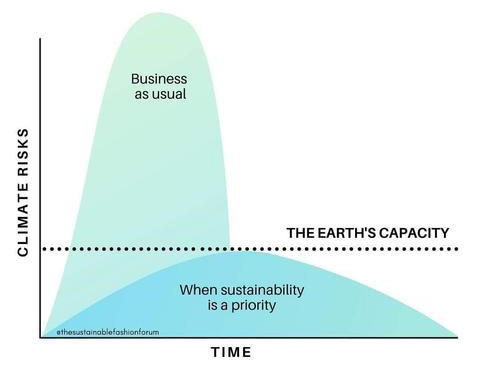
This curve reflects the Climate change risk and the Earth’s capacity. If we can take early action in reducing carbon emissions, this gives us the opportunity to limit global warming to below 2deg Celsius and avoid the most devastating consequences of Climate change.
This is through redefining business as usual, changing behaviour, and ensuring we limit global warming to below 2deg Celsius. These actions will reduce our carbon footprint over time, flattening the Climate curve, ensuring we live below the line, and reduce the risk of a climate catastrophe.
If 2020 has taught us anything it is that stopping an emergency is better than responding to one.
– Written by The Common Good Company
The Common Good Company uses recycled materials and ethical practices to manufacture clothing apparel ‘in the benefit or interests of all’. The Common Good Company is committed to providing a sustainable replacement to the apparel industry, proving that there is not only a better way to consume but a better way to produce.

